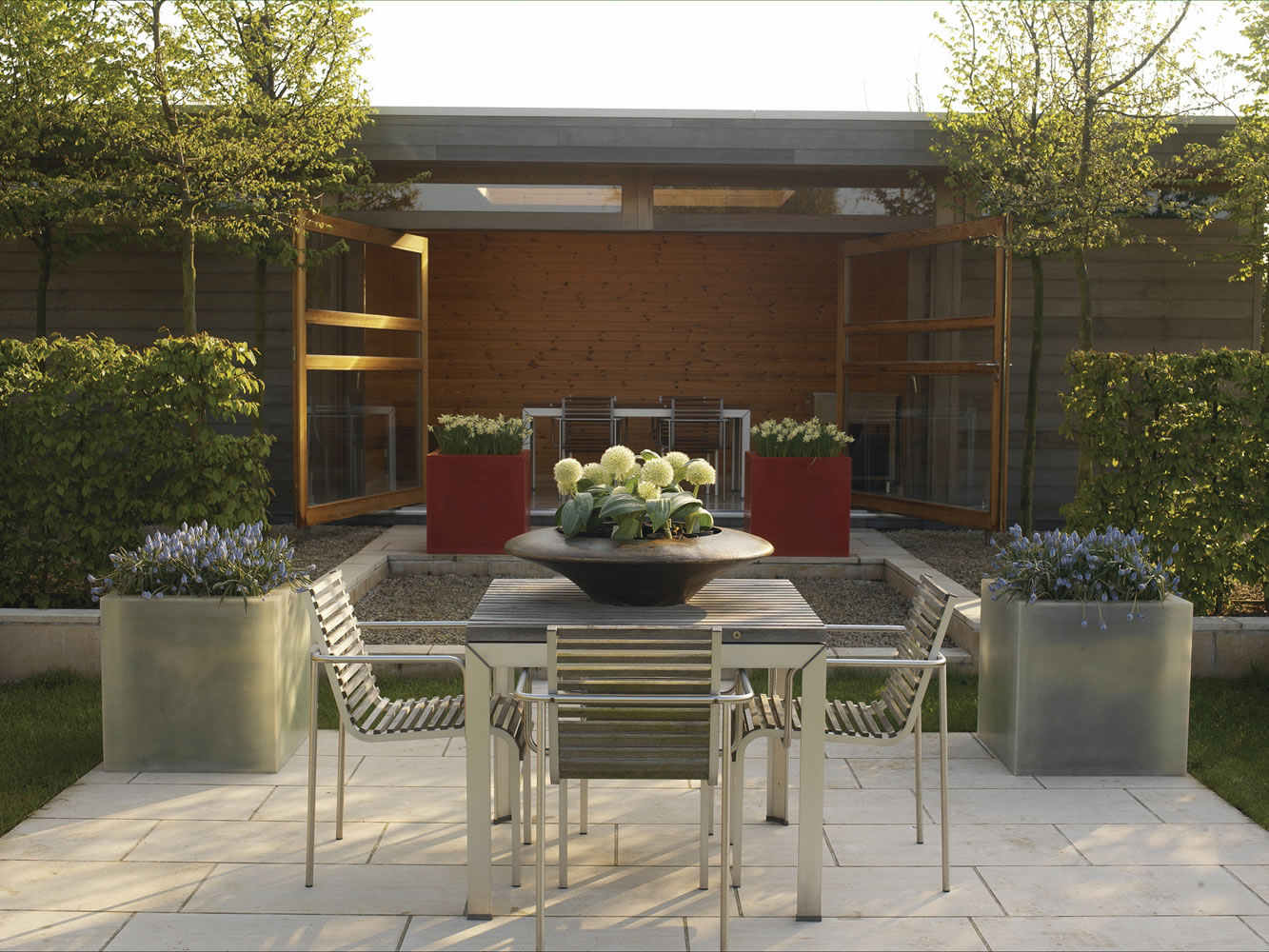Beautiful and sturdy with a flair for the dramatic, alliums are a graceful way to add color and architectural dimension to your garden.
With large globes of tiny white, purple, yellow or blue flowers that rise from bulbs on slender green stems as high as 4 feet tall, they look like giant, fluffy lollipops — something Willy Wonka would have planted in the Chocolate Factory garden.
Most bloom in late spring or early summer, so they fill the gap between spring bulbs and summer perennials.
They’re also easy to grow, and resistant to deer and many other pests.
“For people who are considering planting them, my advice is, don’t think twice. Do it,” says Michaela Lica Butler, a 38-year-old mother and gardener in Schweich, Germany, who has planted the giant, purple Globemaster allium for years.
• VARIETIES.
While many people think of the trademark Globemasters found in Butler’s garden, there are dozens of varieties of ornamental alliums.
Try the shimmering white flowers of the Mount Everest allium, or the fuchsia with metallic undertones in the Stars of Persia variety, says Kim Fusaro, head gardener at the Mohonk Mountain House resort in New Paltz, N.Y.
If you like the look but need something a bit shorter, Fusaro suggests the yellow shades of the moly Jeannine or the flavum alliums.
Looking to plant allium in a shady spot? Try the triquetrum, also known as three-cornered leeks, which bear delicate white flowers with shades of blue and a triangular stem.
Want something unusual? The drumstick allium produces egg-size (and egg-shaped) heads in a rich burgundy color, while the bulgaricum blooms are creamy and bell-shaped with tinges of green and pink that hang from baseball-size flowerheads.
• USES.
Alliums are typically displayed best among perennials as a border plant, says Amy Dube, a bulb expert with Dig.Drop.Done, a North American educational campaign promoting flowering bulbs.
They hide their leaves, which whither quickly, and don’t take up much space, giving room to quickly emerging perennials.
But don’t be afraid to use them elsewhere.
Hans Langeveld, co-owner of Longfield Gardens in Lakewood, N.J., recommends using some of the shorter, smaller varieties in rock gardens, where they can thrive in the well-drained pockets between rocks.
Some alliums can do well in containers, while the larger varieties are perfect for cutting gardens.
“They are gorgeous just by themselves, or paired with a large monstera or philodendron leaf or two in a simple glass,” says New York-based floral designer Rachel Cho. “They have really long stems that are very sturdy, so I like to keep them really tall.”.
• PLANTING.
Alliums grow best in full sun, though some do well in part-sun or shade, and they prefer well-drained soil.
Plant them in the fall as you would any other spring-blooming bulb. Wait until the weather cools to allow them several weeks to develop a root system before the ground freezes, Langeveld says.
The bulbs should be planted at least 6 to 8 inches deep, even deeper for the larger bulbs, which can be the size of a tennis ball.



